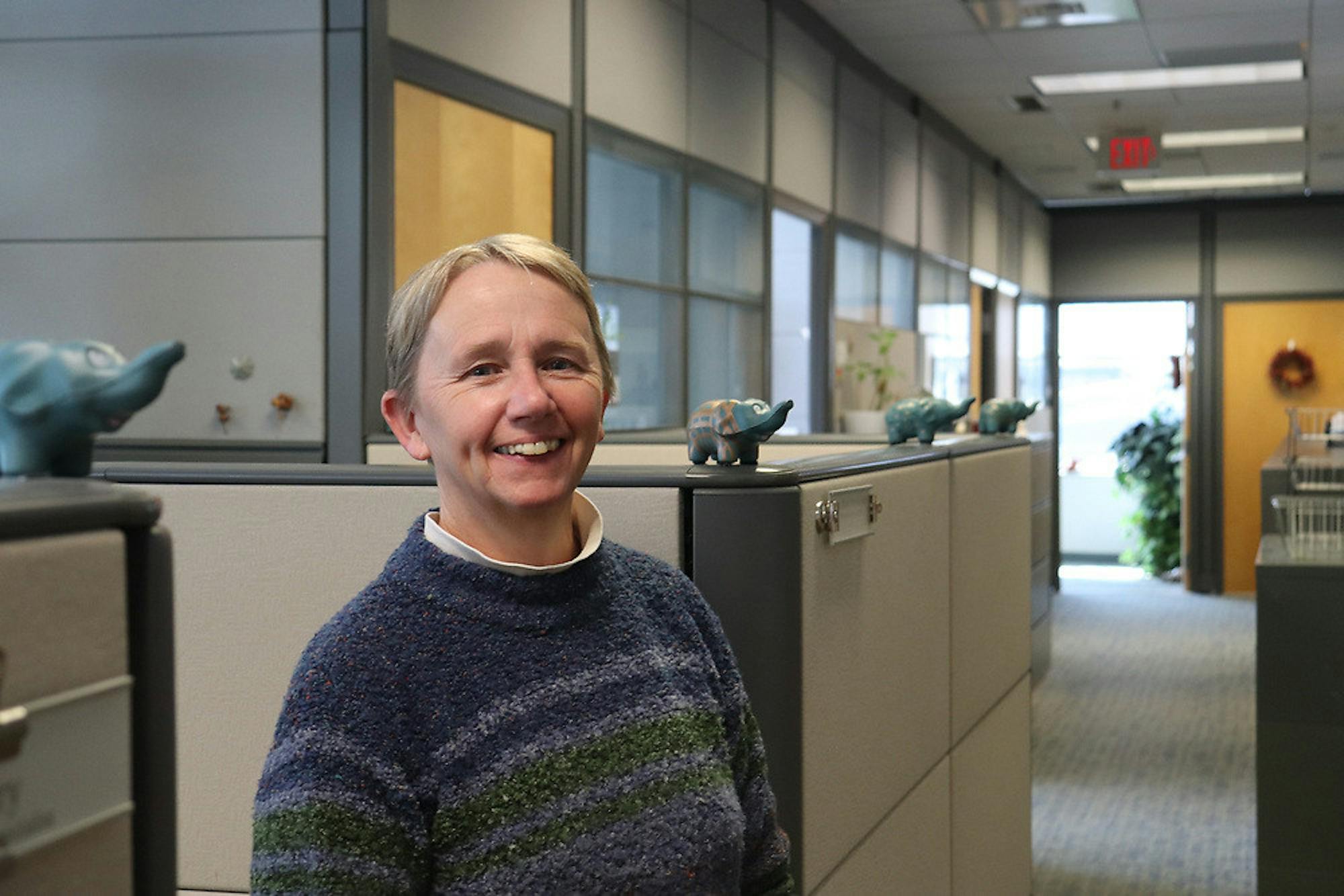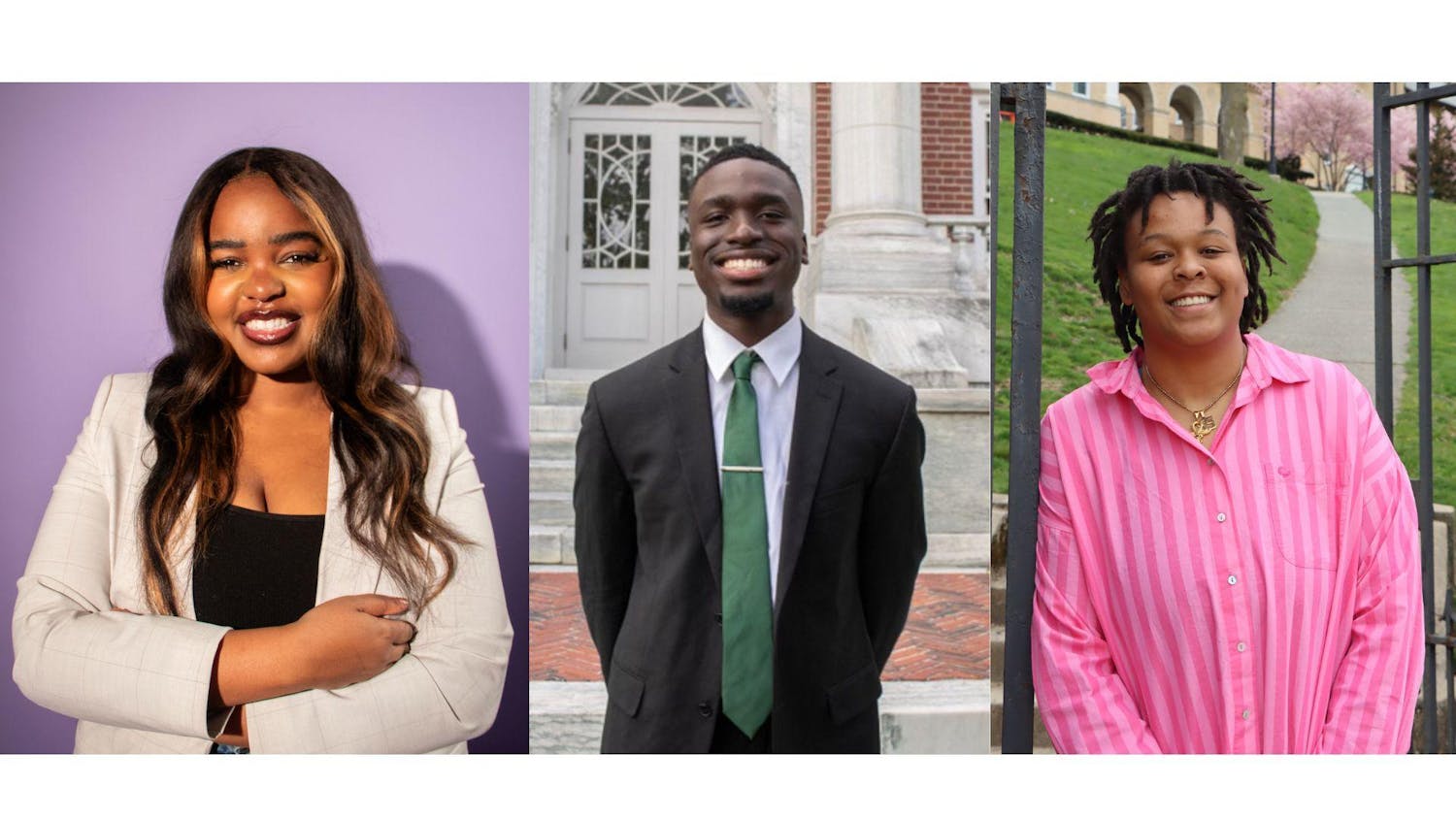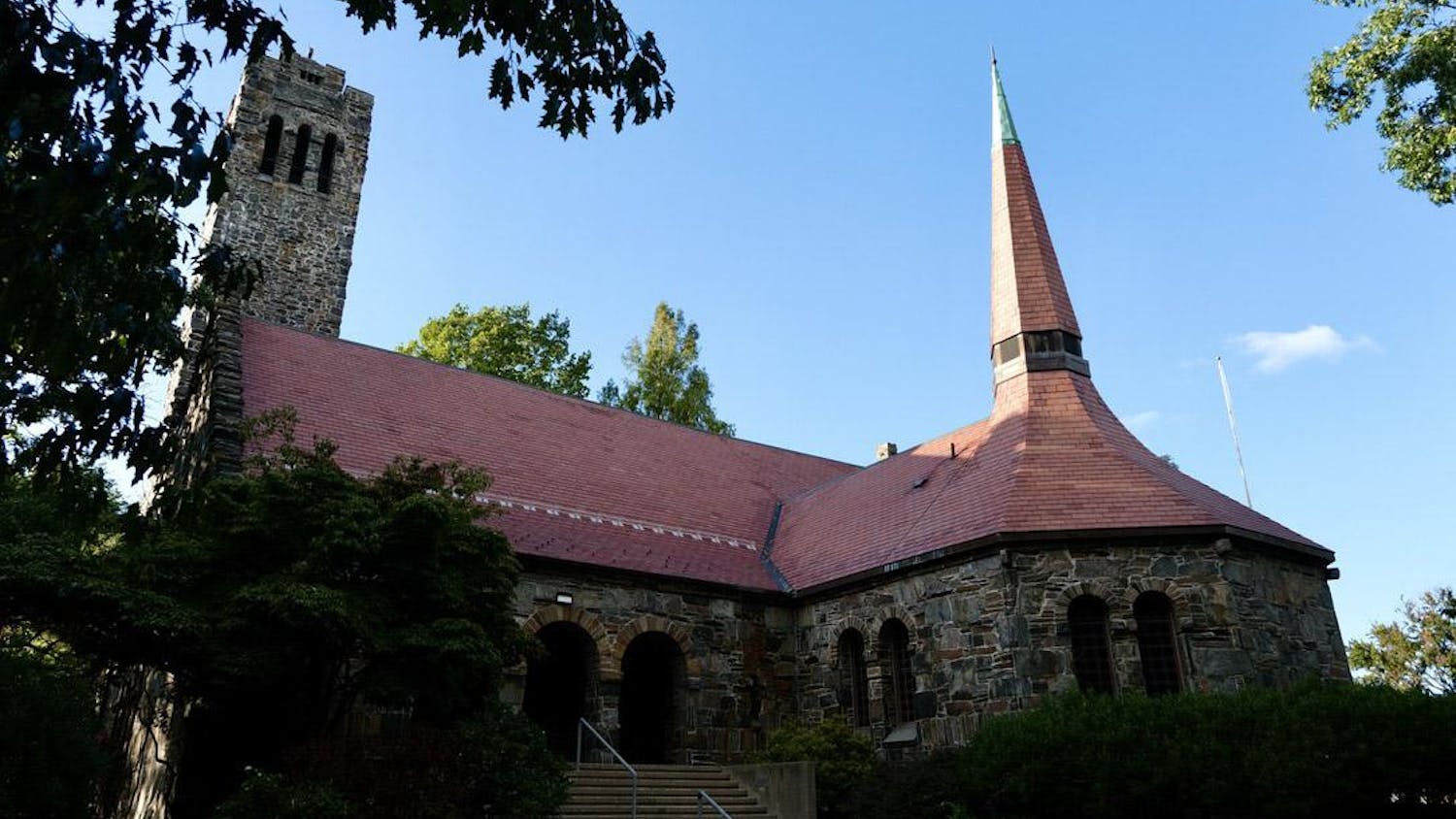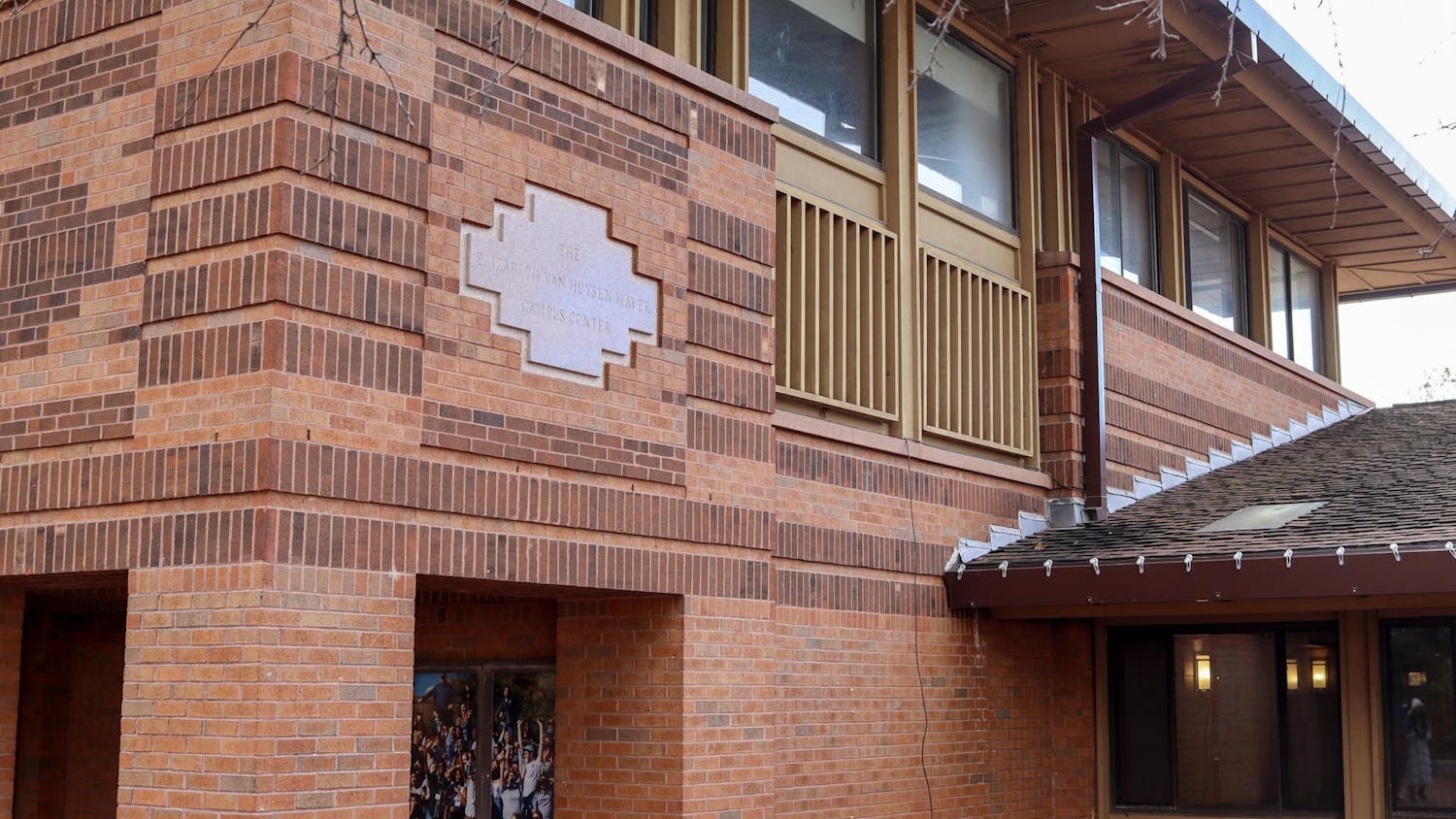Tufts ranked 12th most generous to students with financial need in a list of private 958 colleges published at the end of January by the Chronicle of Higher Education, based on 2017–18 data of private nonprofit colleges in the United States.
Ruth Hammond, who was a senior editor at the Chronicle of Higher Education until her retirement at the end of February, explained that she created the list based on publicly available data from The Integrated Postsecondary Education Data System (IPEDS).
Hammond said that colleges have to report this data yearly and that the report only reflects grant aid — not loans that have to be paid back.
She found that Tufts was one of only 11 colleges at which students from the highest income groups generally paid 10 times more than students from the lowest income groups.
Associate Dean of Financial Aid Patricia Reilly explained that the university uses the College Board’s formula to determine each student’s eligibility for institutional aid, which is coupled with the federal financial aid a student receives.
“Based on those, we compare what the cost of education is for each year, how much a family can pay, and the difference between those two is your financial need,” Reilly said. “That’s how we determine the amount of your financial aid.”
Reilly said the university meets the full amount of every admitted student’s demonstrated financial need.
“In the last couple of years, Tufts has made a really concerted effort to look at the lowest income students and the challenges they face beyond paying their bill,” Reilly said. "We’ve been trying very deliberately to address some of those additional financial needs.”
This comes in the form of $500 transitional grants offered to students with no family support to help with expenses before they begin college, as well as programs through the FIRST Center, which helps students cover various out-of-pocket expenses.
Reilly explained that only 10% of financial aid comes from the university’s endowment, and that the other 90% is allocated from the yearly operating budget.
“If we had more money, we would love not to be need-aware,” Reilly said. “It takes a lot of money. At this point, we’re not there.”
Based on the IPEDS data, Duke University was ranked as the most generous private nonprofit college to students with financial need. The reported data showed that the average net cost for students from the lowest income group to attend Duke University was negative for the 2017–18 school year.
“When I corresponded with a public relations person [at Duke], it seemed as if they really had very strong intentions to help the students from the poorest families,” Hammond said. “I would say it’s definitely a reflection of a policy decision there.”
Hammond noted that this ranking was also a reflection of Duke’s endowment, which was more than four times larger than Tufts' as of June 2019.
Hammond added that in some cases, private nonprofit colleges could be more affordable than public universities based on the financial aid offered.
“There is a misperception sometimes that it’s totally unaffordable for a lower income person to go to a private nonprofit college,” she said.
“Expanding the socioeconomic diversity at private nonprofit colleges is beneficial for everyone,” Hammond said.“For a richer classroom experience for everyone, I think colleges are very conscious that they should be more diverse in terms of income, family background, race and ethnicity.”
Despite the fact that the university matches each student’s demonstrated need throughout their time at Tufts, Reilly noted that college is still very expensive whether students receive financial aid or not.
“For most students, it’s a big expense and most of them and their families are still working really hard to be here. We try as hard as we can to support students as best we can, but it’s not easy,” Reilly said.
Junior Sam Livermore said that if she were a prospective student, seeing this data would make Tufts seem more appealing to her.
“The sticker price of Tufts is pretty shocking, and then to see that it can get as low as roughly $4,600, I think is a pretty encouraging number for a prospective student,” she said.
Livermore added that in her own experience, her financial needs have consistently been met.
“As my needs have changed from year to year, Tufts has continued to match that and to evolve with those needs,” she said.
Tufts leads among US colleges in financial aid generosity

Tufts' Associate Dean of Financial Aid Patricia Reilly at the Student Services office in Dowling Hall on Feb. 28.





